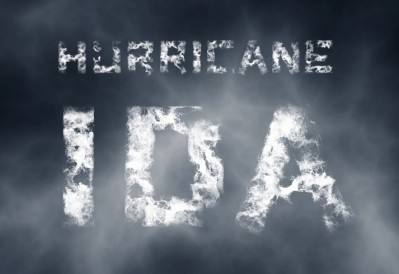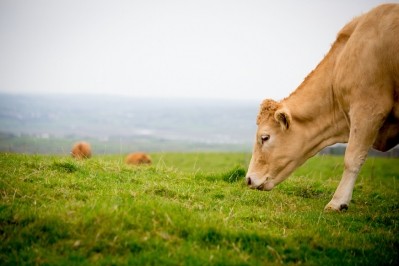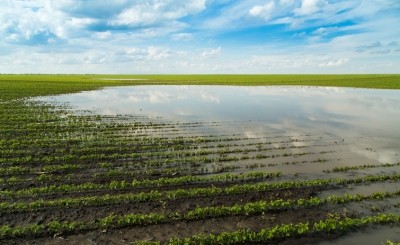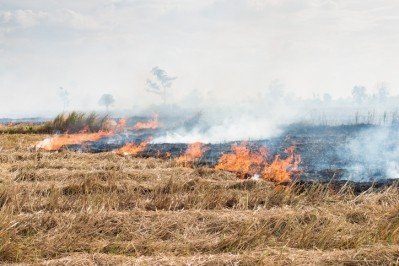Harvey may have caused $200m ag loss in Texas
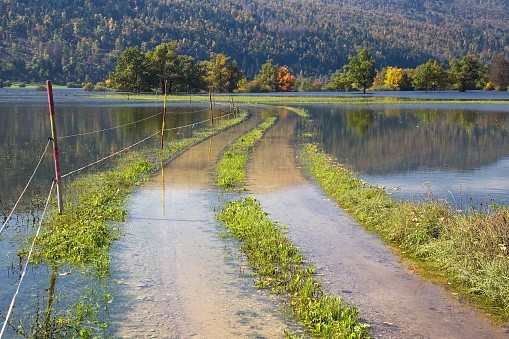
Some of the repairs and recovery efforts are ongoing, said David Anderson, AgriLife Extension livestock economist and professor in the department of agricultural economics at Texas A and M University. “There are lots of fences that have to get repaired, and a month or so into this there is still that going on,” he added.
“One of the big things that was lost was hay loss – that [was what] we would have fed in the winter time,” he told FeedNavigator. “Whether you buy hay or you buy other feeds, and they may not be purchased until later this winter, the value or replacement feeds is a big deal.”
AgriLife is an organization that includes teaching, extension efforts and educators, research, labs and forestry facilities throughout Texas.
The damage could have been much worse if producers had not had time to prepare for the weather and to learn from previous storms, said Anderson. Additionally, much of the flooding was freshwater, which may have caused less stress on animals because it was drinkable and animals weren’t standing in saltwater.
“The nature of this storm, rather than one like [Hurricane] Ike [in 2008], which had a massive storm surge, this was a freshwater event and rainfall – it could have been a lot worse,” he said. “It was big storm, yes but could have been a lot worse because it was a slower moving storm – it was there and coming but people had time to take action, to get that done and it helped a lot.”
Losses
Losses and damage in the livestock sector amounted about $93m, reported economists with the AgriLife organization.
That amount includes the loss of cattle and livestock, winter feed and damage to structures and fencing, said Anderson. However, the full amount may not be known until work finishes and replacement feed is ordered.
“The bulk would be hay that was harvested and in round bales that you’d feed in the winter time,” he said of the damaged winter feed. “Some of those were under water [and] cows wouldn’t eat it – bales that were underwater won’t be good for anything, and in some cases they washed away.”
On average, a cow may be allotted about two-and-a-half round bales as feed or supplemental feed during winter months, he said. Each bale weighs about 1,200lb and current prices are around $63 for a round bale.
Weather conditions since the storm passed have allowed a chance for pasture grass to grow, he said. And some regions outside the storm-zone may have been able to get another cutting of hay.
Round bales of hay are often used as winter feed in the area as they’re easy to manage, said Anderson. Forage cubes and other feeds also may be offered.
“We’re getting late hay production that will help a lot,” he said
For regrowth of pasture and forage there are not many concerns of contamination from floodwaters, said Anderson. “The areas that were most concerned about with that were some chemical and oil refineries, and that kind of stuff,” he added.
“There were localized issues in those areas, but in the broader context of the storm I don’t think that was a big concern,” he said. “If we look at FDA on contamination most of those have dealt with vegetable crops inundated with flood water.”
Additionally, feed and row crops including soybeans and rice saw about $8m in damages, the organization said.
Of the crops damaged, it was primarily what remained in the field when the storm hit, said Anderson.
“Most of the corn was already harvested and same with grain sorghum – it was harvested and long gone,” he said. “We didn’t really have any losses of corn and grain sorghum to account for.”
The feed crops are planted starting in about the end of February so many crops were already harvested when the storm made landfall, he said.
Logistics and preparation
This is not the first hurricane to hit Texas, said Anderson. Organizations and processes that have been put in place to address storm damage and management improve the response.
One element of this work has been to establish livestock supply points on either public or offered private land, he said.
The established areas allow producers to bring livestock or volunteers to drop off hay and donated feed, he said. It also improves efficiency in getting feed to producers who have stores destroyed or pastures under water.
“Having had several storms like this, [we know] to get recovery efforts going before the storm hits,” he said. “The stuff is in place so we’re able to immediately start a recovery and help people.”
The effort saw about $1.3m in donations for hay and feed, the organization said.
The planning and logistics efforts may be overlooked but have an important part to play in addressing storm damage, said Anderson. “People know that’s where the donations are, and you can come get them – it is about practice and having people who have committed time and efforts and resources to respond when it’s needed,” he added.
